Historical Photos Of The Aftermath Of World War I
Nov. 11, 1918, was the day the world had desperately needed. That was the day an armistice came about between the Allies and Germany. The “war to end all wars” had officially ended and it seemed like things could only get better. Around the world, people cheered for joy, and America turned the corner with the Roaring Twenties. Yes, renewed times were on the horizon, but the cost to get to that point was very high. Celebrations mixed with mournings was normal during the period after WWI. Here are the photographs that defined life post-WWI.
Rescue The Plane
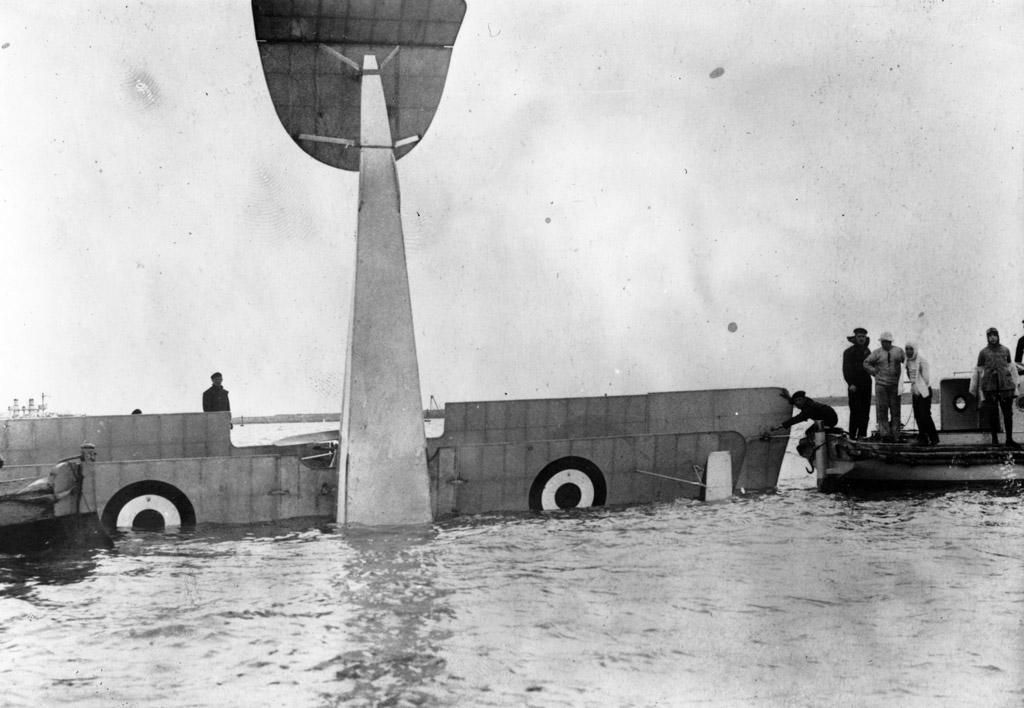
This is an image of a ditched British seaplane. During the war, you saw a lot of that. Plenty of abandoned vehicles, including aircraft and tanks were likely found across all battlefields. Seeing this seaplane like this makes you realize the harsh realities of war.
Either the pilot of this jumped out before something terrible happened or perished during operation. They can’t just leave it in the water, so they had to rescue it.
In Need Of Food
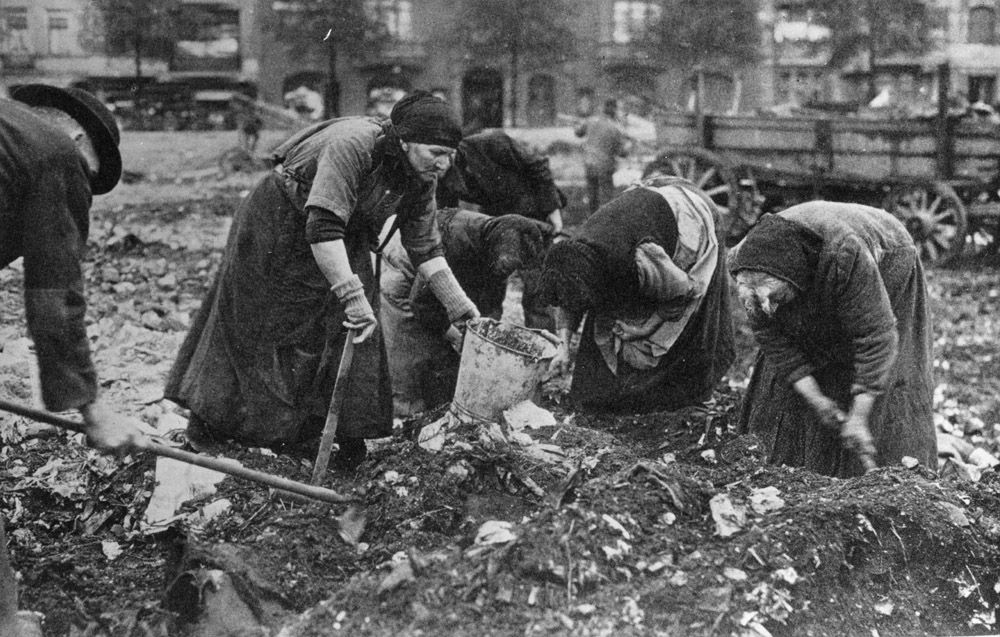
After all of the destruction, you can imagine that many resources would be hard to come by. Things like clean drinking water, plumbing, and one of the most essential necessities, food, was scarce as ever.
What you’re seeing here is a group of German women desperately trying to find some food underneath all of the rubbish. During the war, it was already tough to find proper nourishment for your body, and it only became worse in the immediate aftermath.
Remembering The Fallen
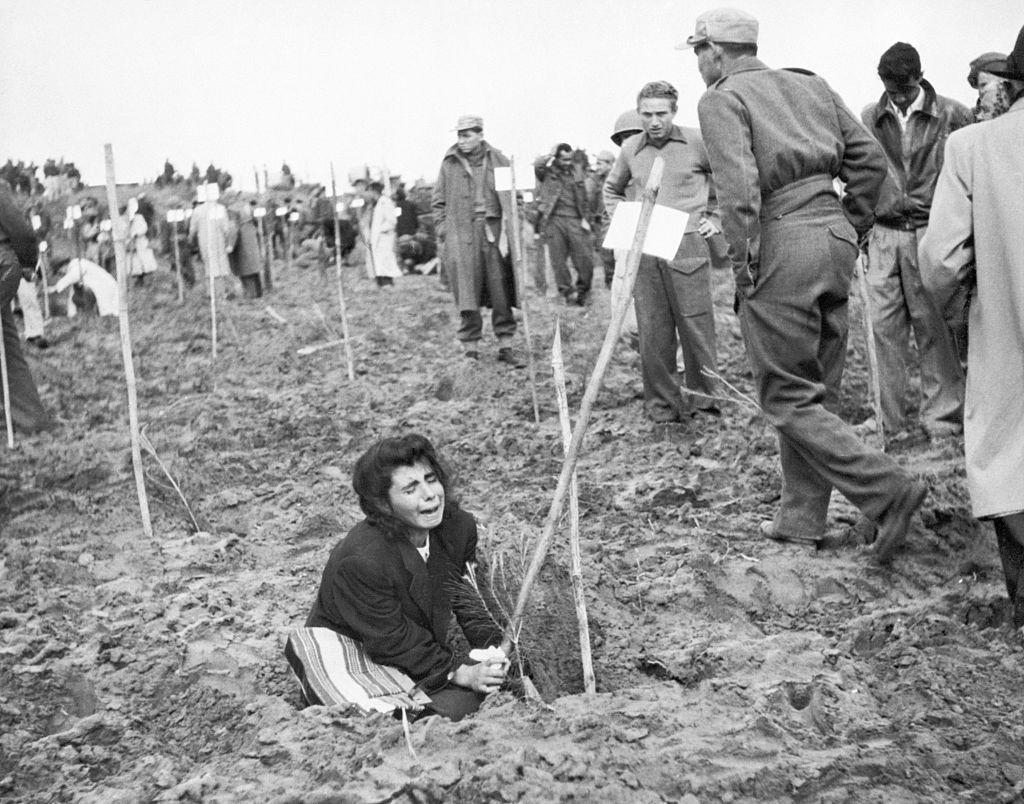
In this deep, touching photo, you see a lady planting an evergreen tree to honor the memory of a loved one who lost their life. This is now a custom in the U.S. as relatives of heroes hold a day of planting.
Sometimes, even though this is a positive gesture, many people can’t bare the pain of losing a loved one. Especially, if that life gets taken in the manner of war or in an unexpected nature.
Fighting The Flu Part One
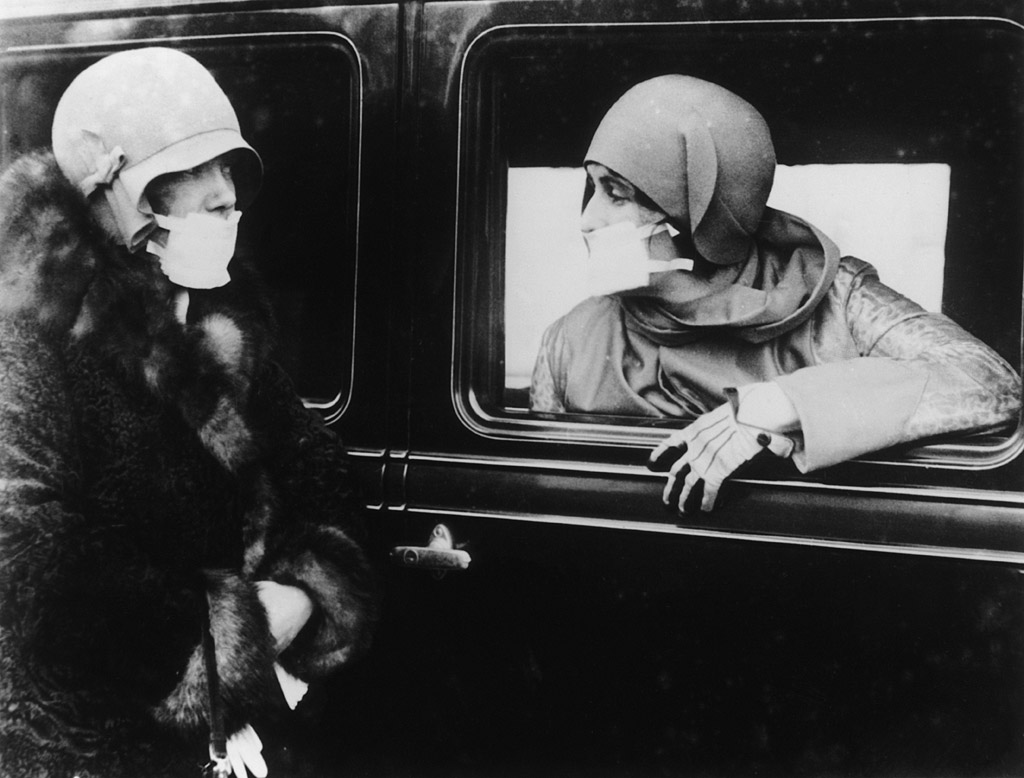
Aside from all the pain caused from lost lives, the destroyed buildings from fighting and all the other bad things, there was something else scary going down after the war. Once the first world war ended, there came a big flu epidemic.
These people here are wearing masks during this period to help prevent catching the deadly sickness. In the next slide, you’ll see what else they did to ensure their health was safe…
Spray It Down

To help prevent many from becoming sick from the flu, not only did individuals wear masks, but things and places were sprayed down with an anti-flu spray. During this time, roughly 40 million people died from the flu.
It isn’t like today where doctors have better treatments to offer patients and provide preventive treatment. Back then, the flu was deadly. Masks, spray and anything else to help limit the chances of people catching it was ideal.
Time For A Party
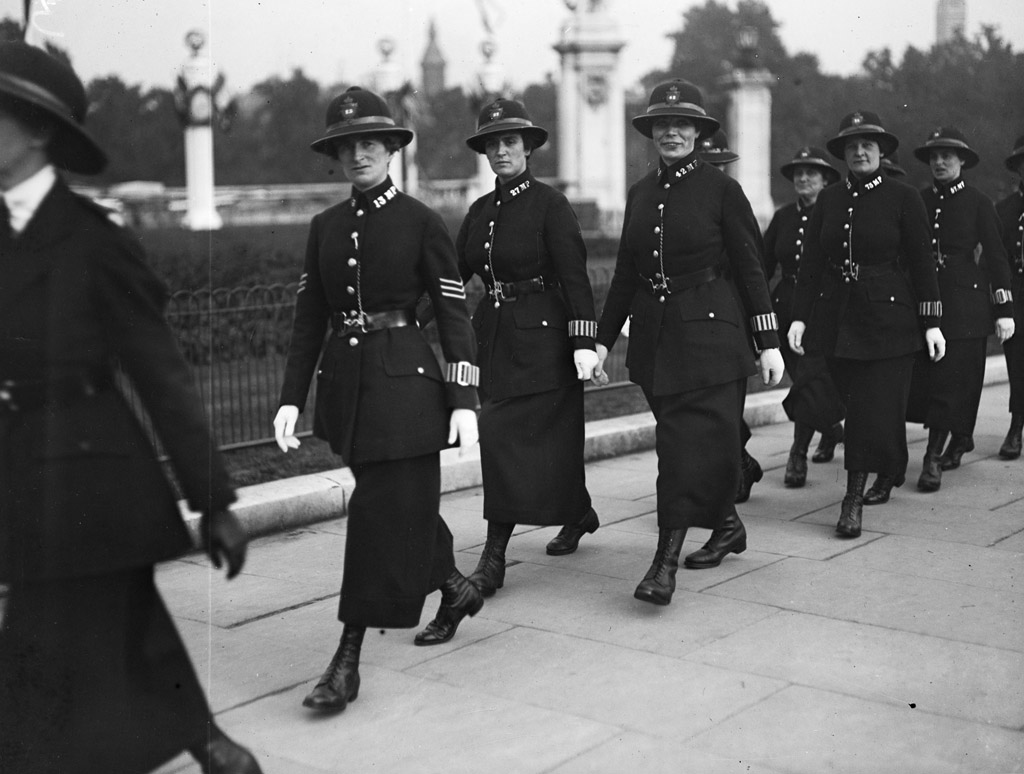
Of course, there can’t always be a period of pain and remorse. When things begin settling down and everyone comes to terms that the war is over, there’s a place for celebration. That is what these amazing ladies are up to.
Pictured here is the women police force attending a party for war workers. Not only did they survive the horrid times, but they also had a hand in helping everyone get past it.
Load Up The Bus

Buses have come a long way since the first world war. Here, we see an open topped bus crossing a flooded road. The people in the picture were on an outing given by Mr. Weinthal for convalescent colonials from Richmond Hospital.
For concerns related with health and sickness, no matter how high the road flooded, the mission needed carrying out. Thankfully, they had this bus to travel across the high waters while Mr. Weinthal watched from the side.
Marching In Tune
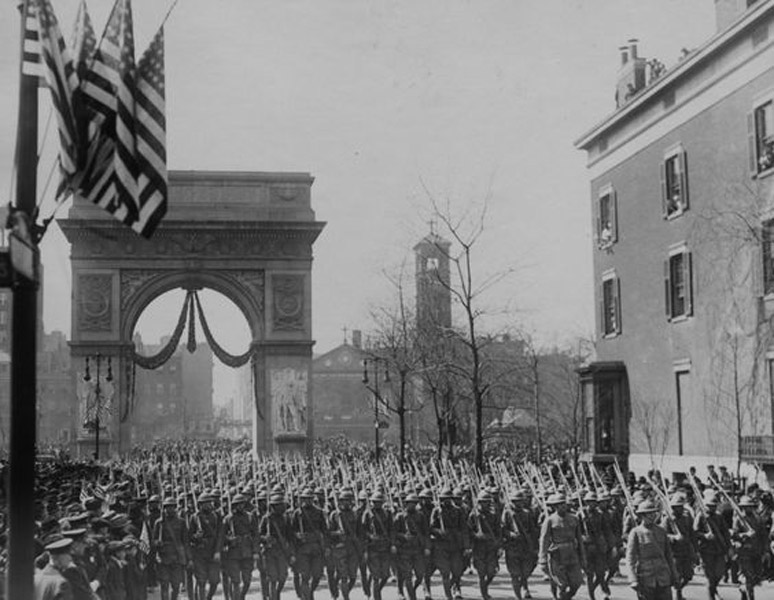
Marching has always been a part of military procedures. Whether its getting from one place to the next or a ceremonial type of marching, you can always count on soldiers to perform this basic task.
In this case, this was more of a ceremonial march. It took place in Washing Square Arch located in New York City, New York after the war ended. It was a sign of the bad times coming to an end finally.
A Street in Paris is Renamed After President Woodrow Wilson
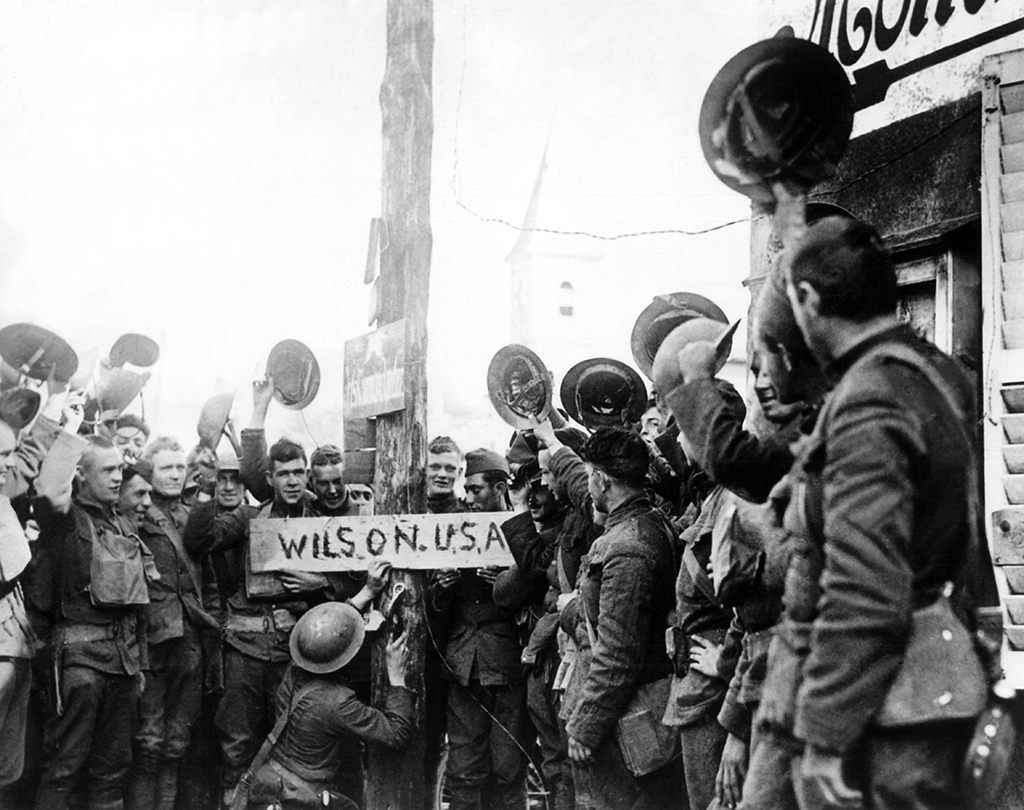
Pictured here are American troops celebrating on an avenue in Paris on September 13, 1918. A soldier is putting a sign in place, declaring the street to be renamed after President Woodrow Wilson as a tribute to his leadership during the war.
This street is near Place des Etats-Unis, where President Wilson lived during the Paris Peace Conference post World War I. It remains named after him today; Avenue du President Wilson.
A Children’s Peace Party Held in the Street in London
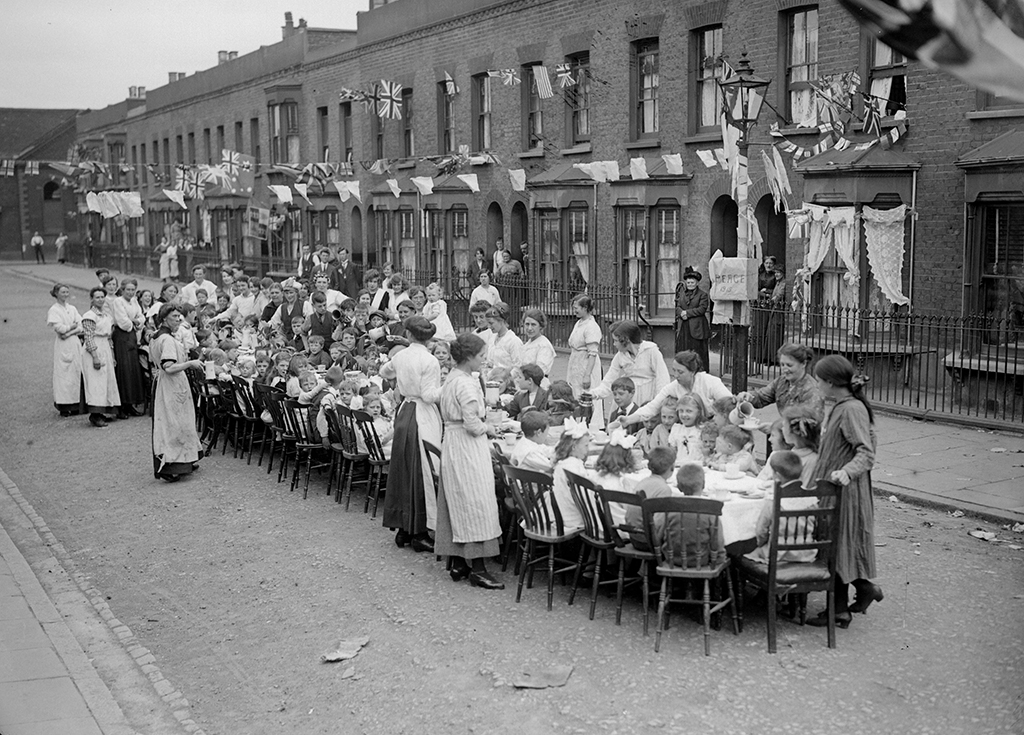
During World War I, parents did everything they could to keep their children feeling safe. They held birthday parties, even if they were in celebrated in shelters.
Pictured here is a children’s tea party in an East End Street in London. The Treaty of Versailles had just been announced and it was time to celebrate the end of World War I. Of course, there were still hard times ahead for Britain, as the economy was severely damaged by the war efforts.
UK Women Granted the Right to Vote
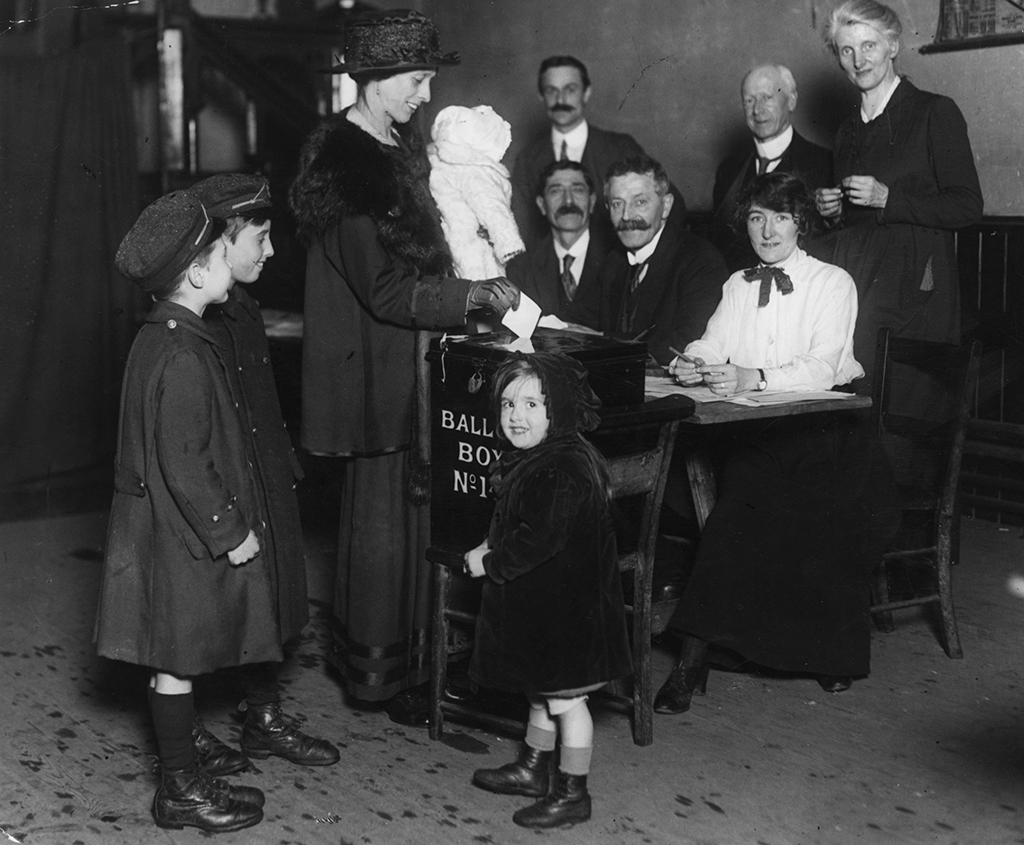
Women in the United Kingdom were already fighting for their right to vote and be elected into the House of Commons before the war had begun. But once it started, all domestic politics came to a screeching halt as efforts were focused on the world war.
Much like in the United States, women took on jobs that were typically assigned to men during World War I. After the war, there was a greater amount of women in the workforce, and the pressure to give women equal rights increased. Finally, in 1918, women in the United Kingdom were given the right to vote and the Parliament (Qualification of Women) Act 1918 allowed women to be elected into the House, too.
British Tank Crashed Into A Tree

This image shows a British tank colliding with a tree in Cambrai, France during World War I. This was the first time in history that tanks were used as a weapon of war and they would prove to be extremely valuable during trench warfare.
Tanks were able to cross the trenches that troops on foot couldn’t, and the British were careful to safeguard their tank designs so enemies wouldn’t replicate.
Finding a Place to Live
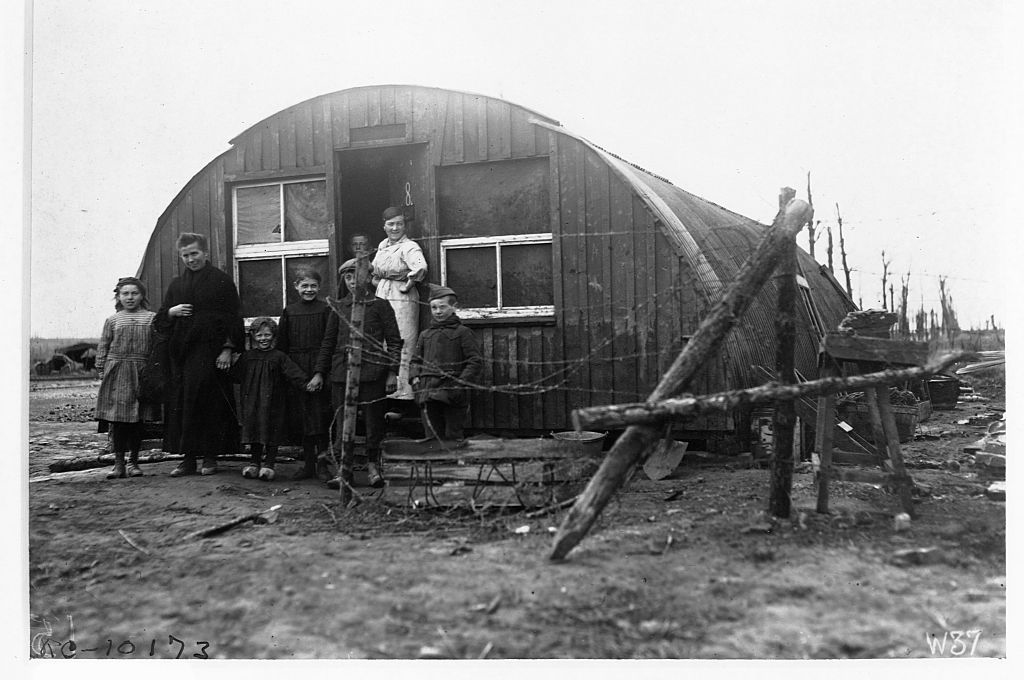
After the war ended, many towns were left in ruins. Families whose homes were destroyed searched for some sort of shelter where they lived. This Belgian refugee family moved into an abandoned British field where they found a hanger they could turn into a home.
There were thousands of families just like this one who were trying to figure out what life would be like in the aftermath of world war I.
Armistice 16th Infantryman Plays Piano
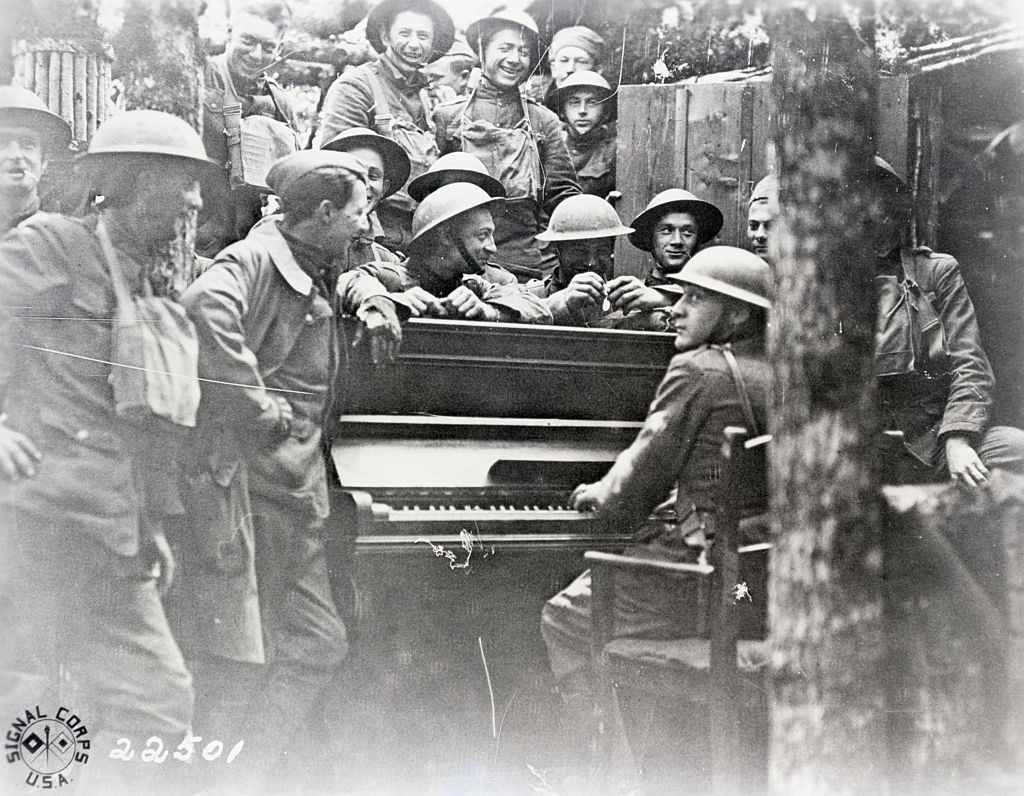
French troops were in good spirits after the armistice that marked the end of world war I. Pictured here are infantrymen of the 1st Division in Nousard, France. They came across a piano that the Germans had left behind, and one of the men showed off his piano skills.
These troops were essential in helping lead the American Army of Occupation across the Rhine River into Germany. This photo was captured on November 11, 1918.
The Armistice Day Parade
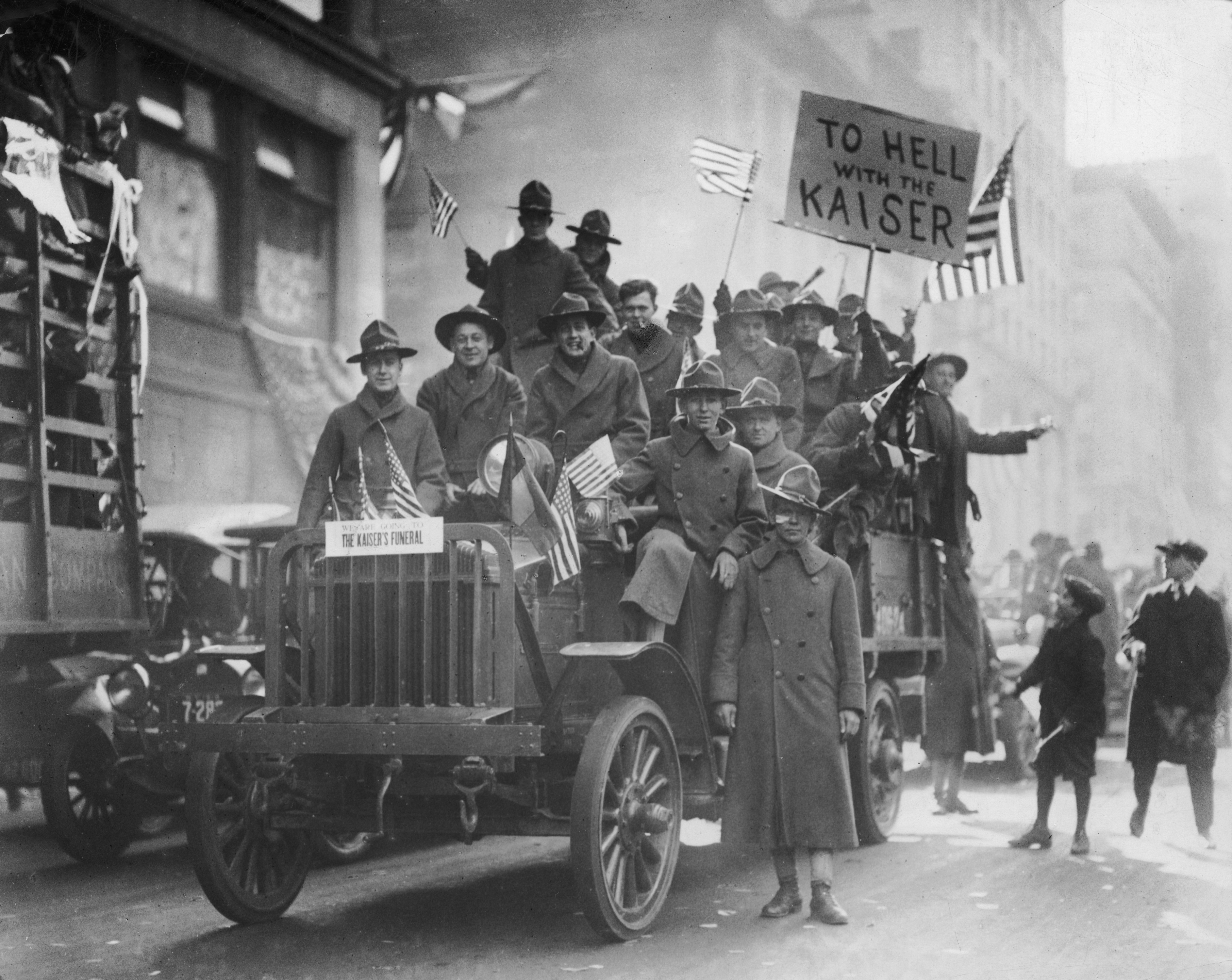
On November 11, 1918, the armistice was signed between the Allies of World War I and Germany. While the event took place at Compiegne, France, Americans celebrated in the streets at home, holding a parade.
Each year in Britain, people pay respect to those who lost their lives in the war, known as Remembrance Day. “Armistice Day” is the day of remembrance in France, while America pays respects on Memorial Day.
What Happens to the War Orphans?
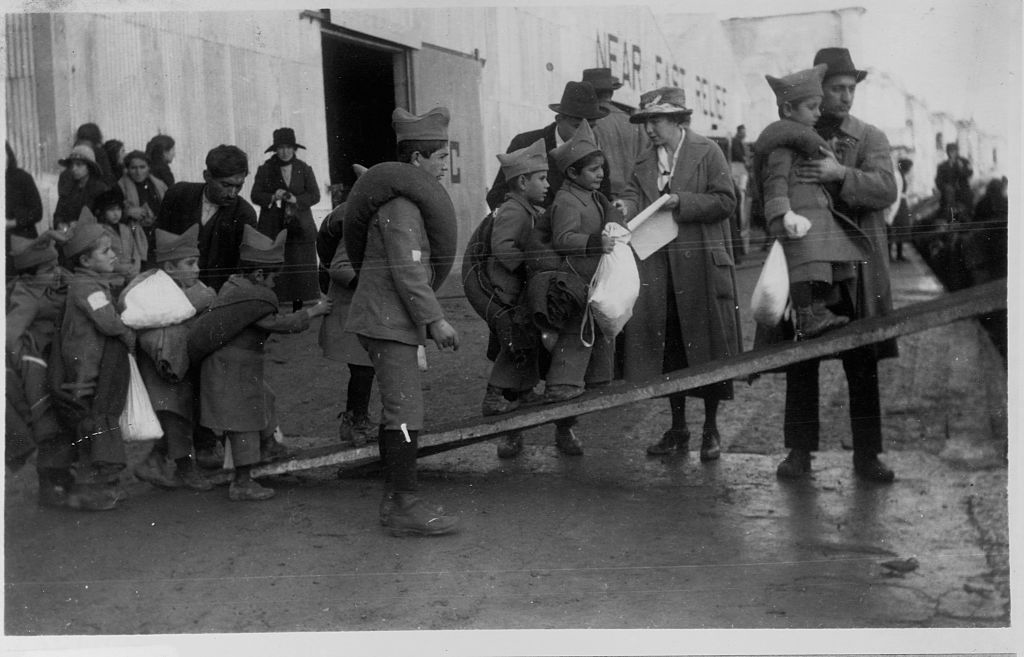
Across all of the countries, lives were lost and families were separated in world war I.The devastation spanned generations, as kids grew up without parents in a country that was foreign to them.
This photo shows Armenian orphans from world war I boarding a ship in Turkey to take them to Greece. The effort was funded by an American charity called Near East Relief that would find the orphans a safe place to live.
German Children Playing With Banknotes

The economy in Germany faced massive challenges at the end of world war I. Because the German parliament unanimously decided to fund the war entirely by borrowing money, the country was in massive debt once they lost the war.
Although they were lucky in that they had lost less infrastructure than other countries fighting in the war, hyperinflation caused the currency of the Weimar Republic to lose its value. Here children are seen playing with, and even destroying German Papiermark in 1919.
German POW Reunited With Family
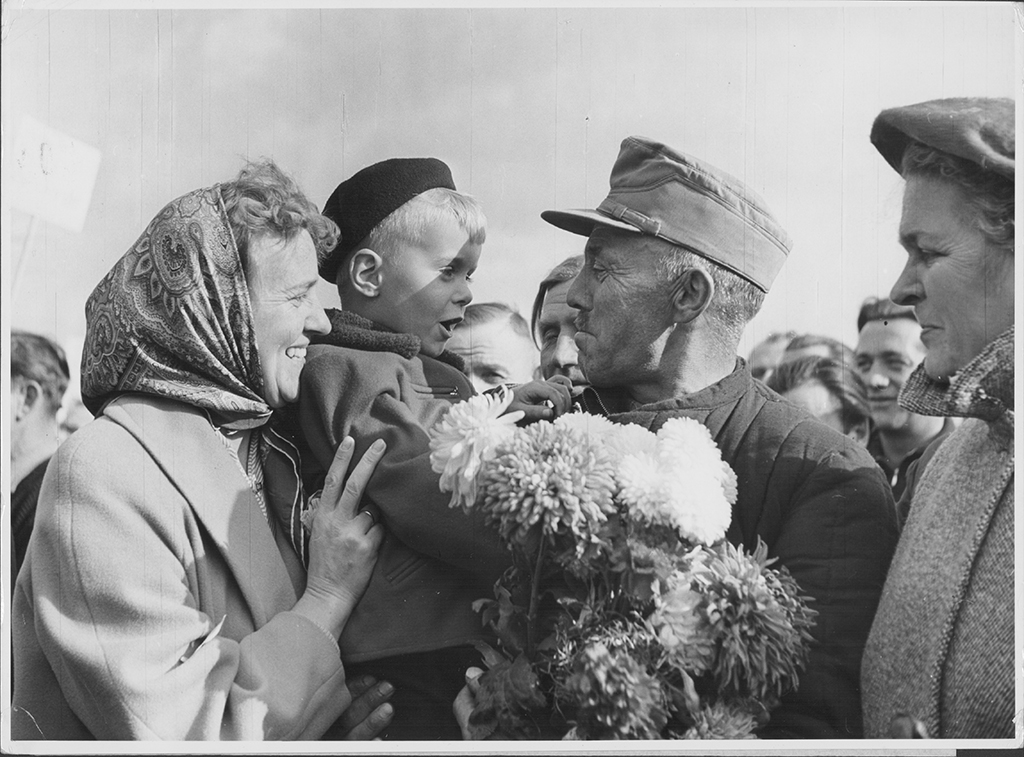
Thousands of men died from hunger and disease while being held as prisoners of war at Russian labor camps. During the war, Russia captured more than 2.4 million POW’s. While many of them were Austrian soldiers of Slavic origin, there were also German soldiers who were captured.
After the war ended, those who survived returned home to their families. Pictured here is a German POW who made it out of a Russian labor camp, reuniting with his family for the first time on his home soil.
The Signing Of The Armistice

Here, the French Military and British Naval representatives stand outside of the railway carriage in Compiegne where the actual Armistice was signed, signifying the end of the First World War.
Those present for the signing included Marshal Foch, commander-in-chief of French forces, Admiral Sir Rosslyn Wemyss, First Sea Lord, General Weygand, Vice-Admiral G Hope, Captain Marriott, General Desticker, Captain de Mierry, Commandant Riedinger and Officer-Interpreter Laperche. This was one of the biggest moments in modern history at the time.
Four Empires Collapsed After The War
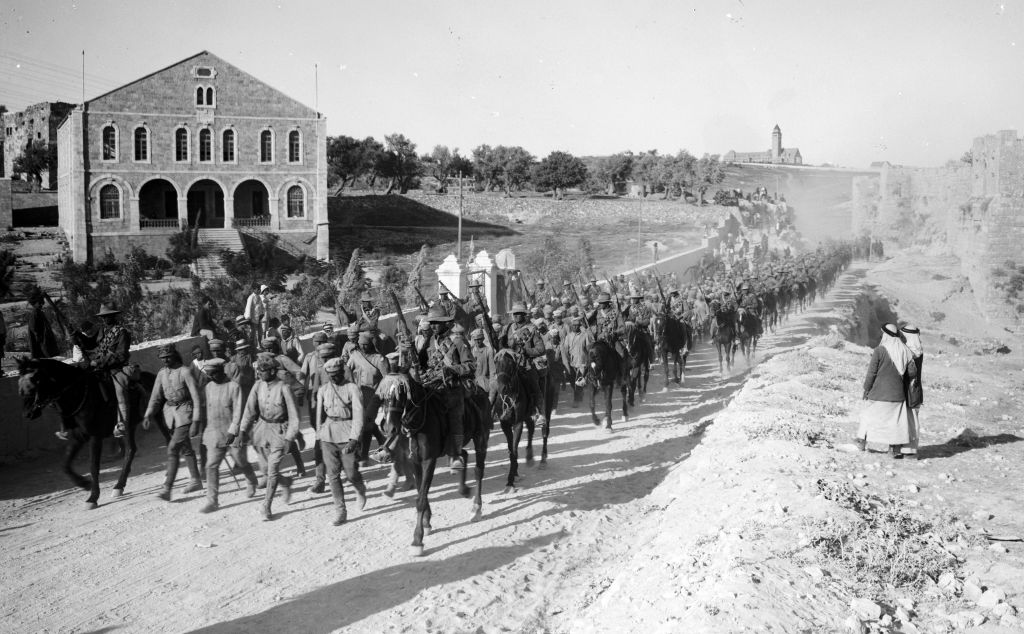
The end of the war signified great change over many different parts all over the entire world. Part of that change included four major empires collapsing entirely. These were the Ottoman Empire, Austro-Hungarian, German, and Russian.
Empires such as the Ottoman could be traced back to to the 13th century yet met its demise at the end of the war. However, new countries were formed from the collapse of these empires including Finland, Estonia, Latvia, Lithuania, and Poland.
The Creation Of The League Of Nations
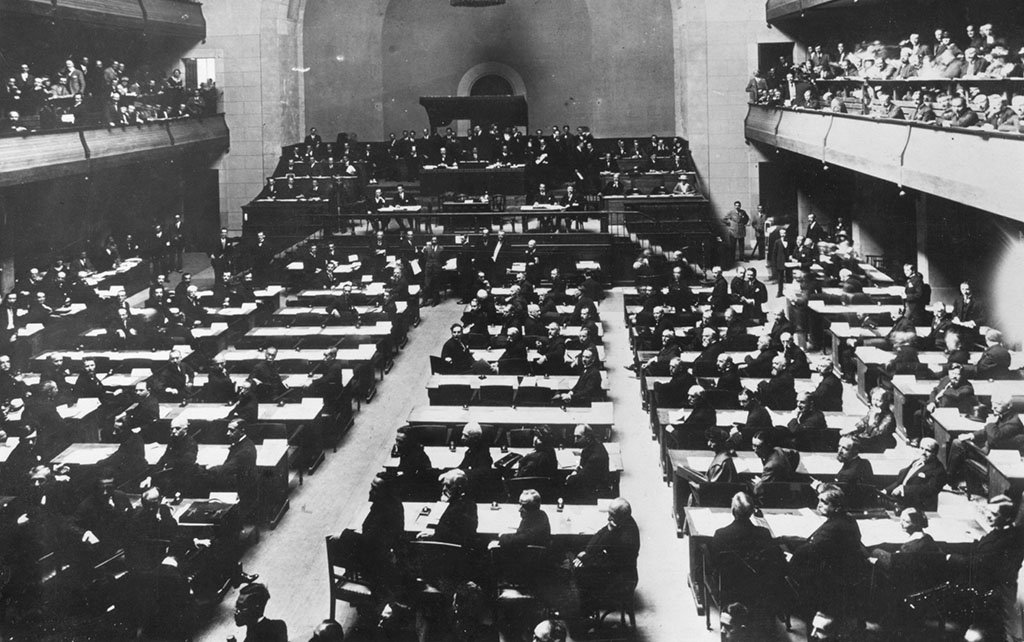
After the end of the war, the international organization the League of Nations was formed. Headquartered in Geneva, Switzerland, its purpose was to provide a forum so that international disputes could be resolved without the world plummeting into war once again.
Although it was first proposed by President Woodrow Wilson as one of his Fourteen Points to maintaining fairness and peace in Europe, the United States never actually joined. Of course, not everyone appreciated the US’ lack of involvement and the League of Nations clearly didn’t work.
Russia Experienced A Civil War
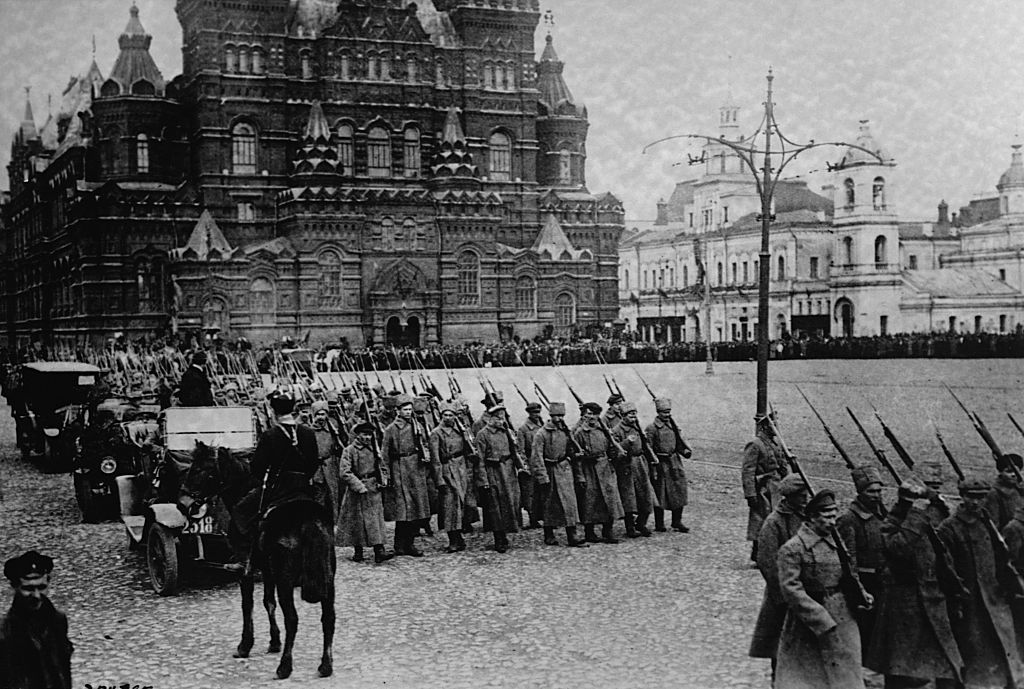
Although Russia experienced the Russian Revolution while World War I was still occurring, it was resolved with a peace treaty with Germany and led to the Russians exiting the war. Yet, unfortunately, after the war, another civil war broke out in Russia between 1918 and 1920.
It was a civil war between the Red Army who was the Bolsheviks and the White Army who was anti-Bolsheviks. The Bolsheviks ended up winning the war and a new country was born and called the United Soviet Special Republic or USSR.
Germany’s Army Was Limited To 100,000
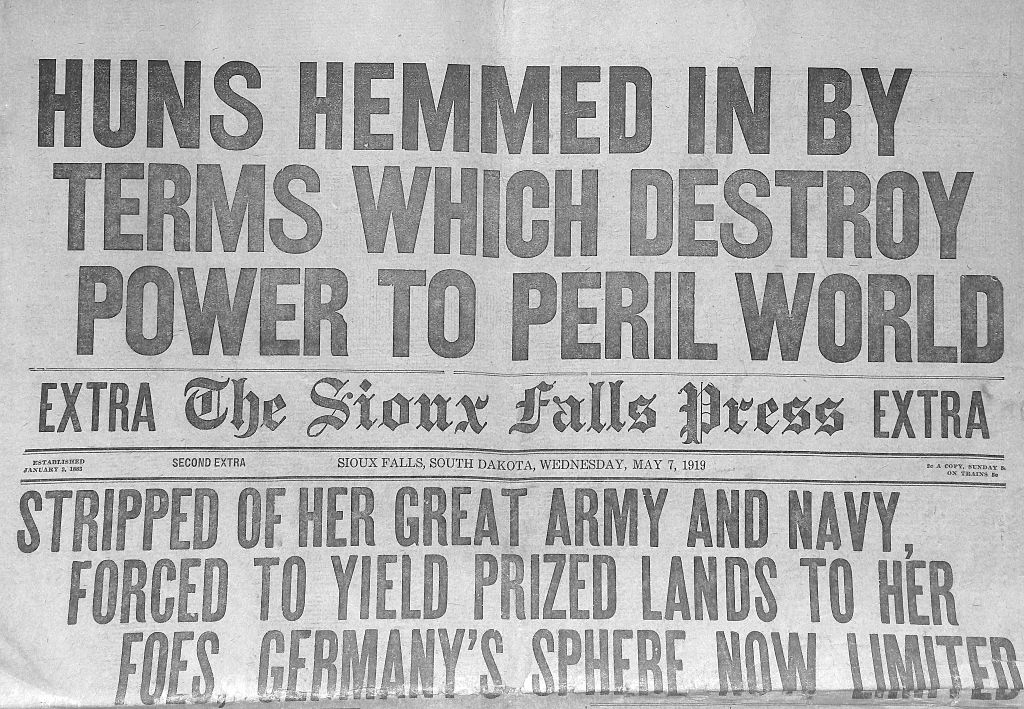
Since many countries feared that the Germans couldn’t be trusted, even after their defeat, the Allied Forces decided to take measures to make sure that Germany didn’t try anything again. One of these precautions was greatly limiting their army and navy.
They were limited to an army of 100,000 men, six battleships, with absolutely no air force. This was a major decrease to their original peacetime strength which was 761,000 prior to World War I.
A French General Predicted World War II

When discussing the Treaty of Versailles, French General Ferdinand Foch proclaimed “This is not peace. This is an armistice for 20 years.” Unfortunately, General Foch knew that tensions weren’t just going to disappear after the war and he was right.
After Adolf Hitler came into power between 1933 and 1934, he completely ignored the treaty and used it to his advantage to execute expansionist policies. The failure to stop Hitler by those who signed the treaty and the members of the League of Nations led to World War II 20 years later.



